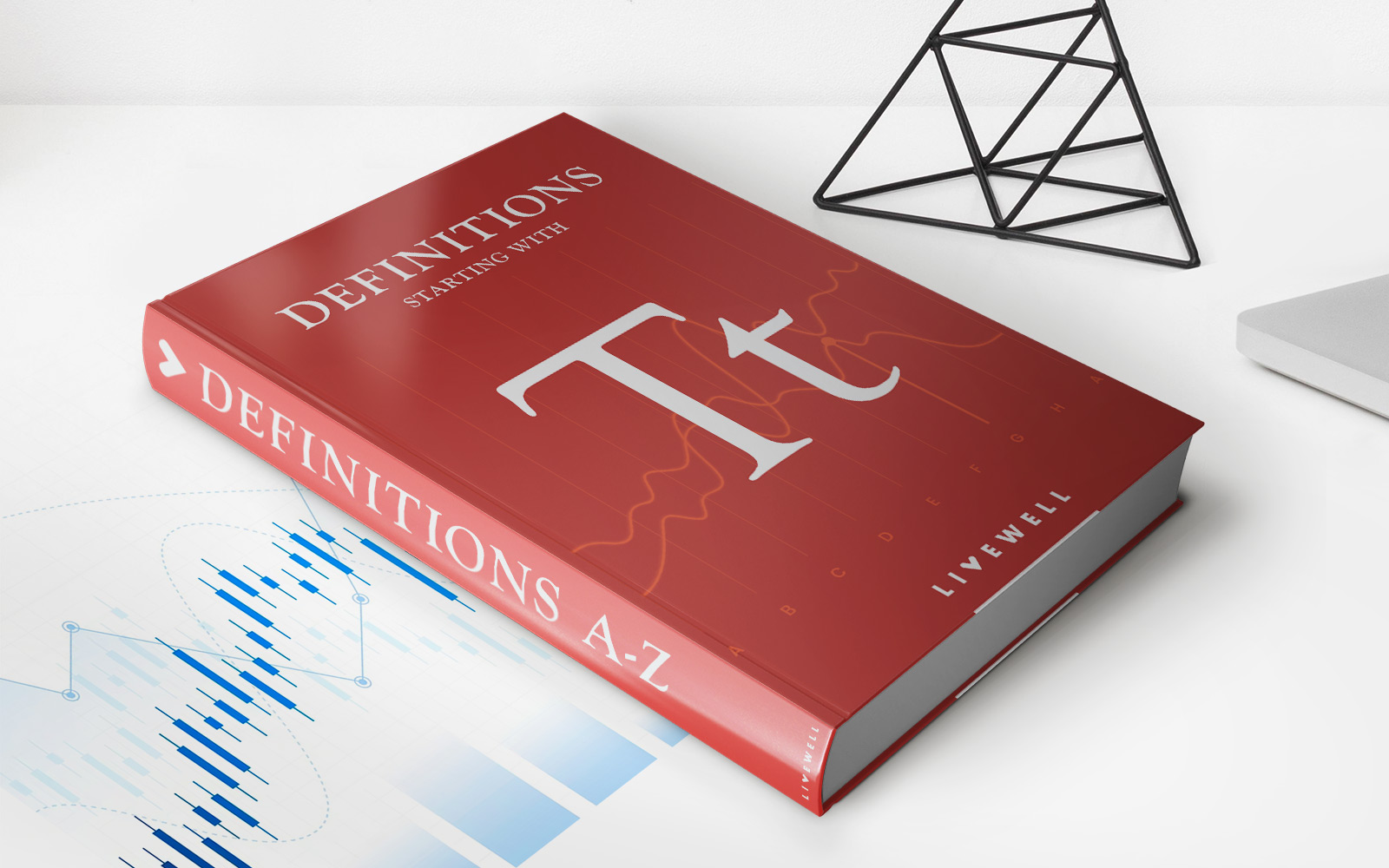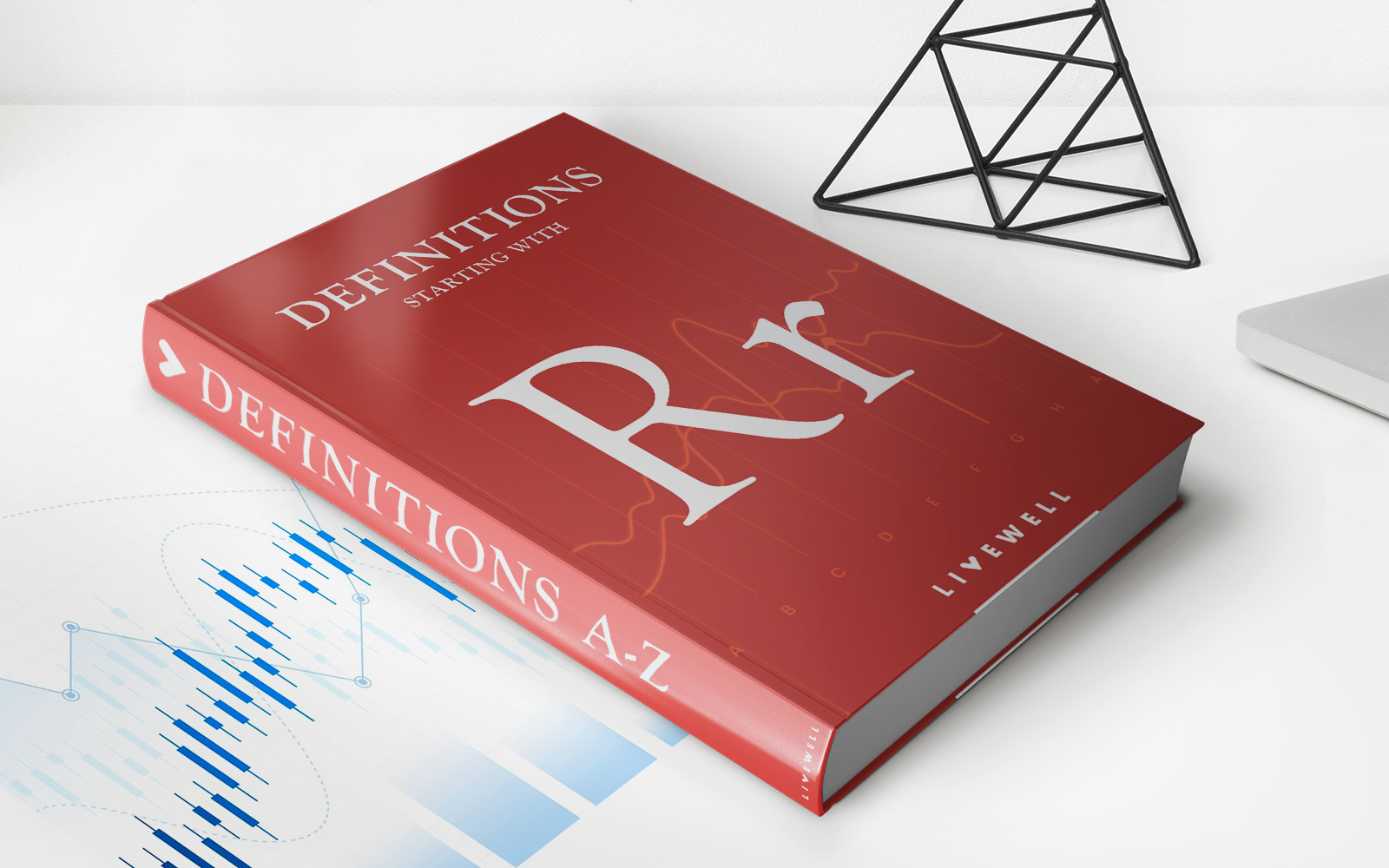

Finance
Floor Limit Definition
Published: November 25, 2023
Learn about the floor limit definition in finance and its importance in setting credit card transaction limits. Discover how it affects businesses and mitigates fraud risks.
(Many of the links in this article redirect to a specific reviewed product. Your purchase of these products through affiliate links helps to generate commission for LiveWell, at no extra cost. Learn more)
Understanding the Floor Limit Definition in Finance
Finance is a complex field that encompasses various terms and concepts. If you are new to the world of finance, it can be overwhelming to understand all the jargon. One such term that you might come across is the floor limit. But what exactly does it mean and how does it impact financial transactions? In this blog post, we will delve into the floor limit definition and provide you with a clear understanding of its significance.
Key Takeaways:
- Floor limit in finance refers to the maximum amount that a merchant can authorize for a credit card purchase without seeking additional authorization from the card issuer.
- It acts as a safeguard against potential losses due to fraudulent transactions, providing a threshold above which further verification is required.
What is the Floor Limit?
In simple terms, the floor limit is the maximum purchase amount that a merchant can authorize for a credit card transaction without seeking additional approval from the card issuer. It acts as a safeguard for merchants to protect themselves against potential losses from fraudulent transactions. Card issuers set a specific floor limit to establish a threshold beyond which further verification is required to ensure the legitimacy of the transaction.
The floor limit is especially important in situations where online transactions or payments are made without physical card presence. It provides an added layer of security by necessitating extra steps for authorization when the transaction amount exceeds the predetermined threshold. This helps to minimize the risk of financial losses through fraudulent activities.
It’s crucial to note that each card issuer can determine their own floor limit, which can vary depending on factors such as the cardholder’s creditworthiness, the merchant’s history of chargebacks, and the type of transaction being conducted. The purpose is to strike a balance between preventing fraud and ensuring a smooth and efficient payment process.
Key Benefits and Considerations
The key benefits of floor limits in finance include:
- Security: The floor limit acts as a security measure to protect both merchants and card issuers against potential fraudulent transactions.
- Efficiency: By setting floor limits, merchants can expedite the payment process for transactions below the threshold, reducing the need for additional authorization.
- Flexibility: Merchants have the flexibility to set internal floor limits that are lower than the card issuer’s limit to further enhance security.
Considerations when dealing with floor limits:
- Merchants need to stay updated with any changes in floor limits set by card issuers to ensure compliance and avoid potential financial losses.
- Cardholders may experience inconvenience if a transaction amount exceeds the floor limit, as it would require additional verification.
Understanding the floor limit definition and its significance is crucial for anyone involved in the finance industry. It not only helps protect against financial losses but also ensures the smooth functioning of credit card transactions. By setting appropriate floor limits, merchants can strike a balance between providing a seamless customer experience and ensuring the security of transactions.
So the next time you come across the term “floor limit” in finance, you can confidently comprehend its purpose and importance in the world of financial transactions.














